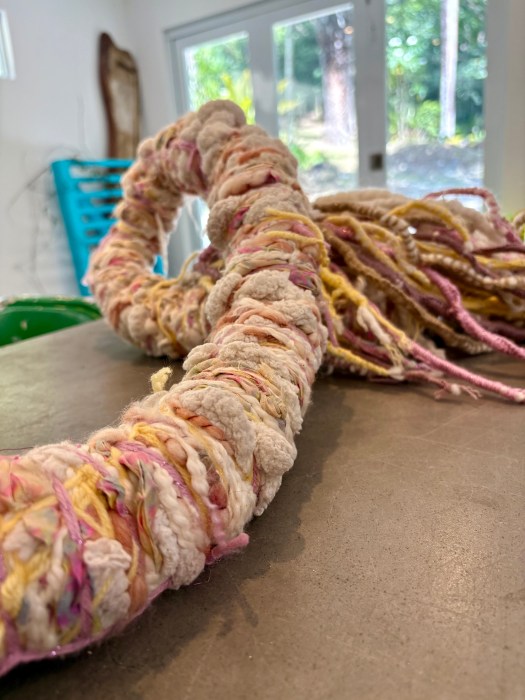October is shaping up to be a joyful, art-filled month, and I’m thrilled to share that I’ll be participating in three exhibitions that hold deep meaning for me. Each show invites us to consider resilience, transformation, and the many ways art can be a vessel for joy and collective healing.
Newark Arts Festival 2025: JOY
📍 Newark Museum of Art, 49 Washington St, Newark, NJ
🗓 October 8, 2025 – November 2, 2026
At the Newark Museum of Art, two of my pieces will be on view: Classic LBD and Boa Quill.
- Classic LBD reimagines the iconic little black dress as armor against microaggressions.
- Boa Quill asks the question: If I adorned myself in a feather boa of zip ties, would you still come for me in the same way?
Both works embody my ongoing exploration of how everyday objects and adornments can be transformed into protective talismans.
Newark Arts Festival 2025: Pure Joy
📍 Express Newark – Paul Robeson Galleries, Main Gallery, Hahnes Building, 54 Halsey St, Newark, NJ
🗓 October 8, 2025 – November 26, 2026
At Express Newark, I’ll be showing Power Puff with Black Racing Stripe Emotional Baggage Cart. Covered in bright pom-poms, this work transforms heaviness into play, using joy itself as a form of resistance and resilience.
Meltdown: A Changing Climate
Opening Reception: Saturday, October 11, 2025, 4–6pm
Dates: October 12, 2025 – January 11, 2026
Location: ArtsWestchester Galleries, 31 Mamaroneck Ave, White Plains, NY
Learn More
Curated by Patricia Miranda, Meltdown addresses the urgent realities of climate change through the lens of ice as both resource and warning. My work Polyurethane Paradise: Rainforest Rhapsody reflects on the lush vegetation of my rainforest property, reimagining single-use plastics as woven blossoms to mirror the vibrant forms of heliconias and birds of paradise.
Interpretations 2025
📍 Visions Museum of Textile Art, 2825 Dewey Rd #100, San Diego, CA
🗓 October 17, 2025 – January 10, 2026
🎉 Festival Days: October 17–18, 2025
I’m honored to be part of Interpretations 2025 at the Visions Museum of Textile Art in San Diego. This exhibition celebrates innovation in textile art and brings together a remarkable community of artists. My Blackity Black Blanket Ladders will be on display. Blackity Black Blanket Ladders are woven monuments of reclaimed materials that honor Black resilience, transforming the weight of microaggressions into visible, collective testimony.
October will be a month of celebration, connection, and, most importantly, JOY. If you plan to attend Newark Arts Festival or Interpretations 2025, let me know, I’d love to see you there and share in these moments together.












